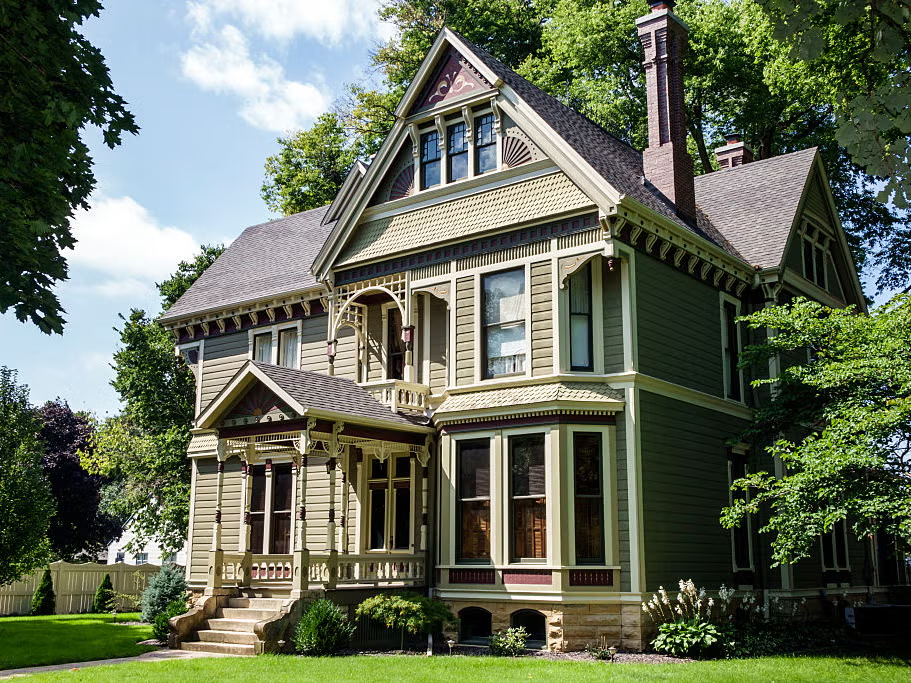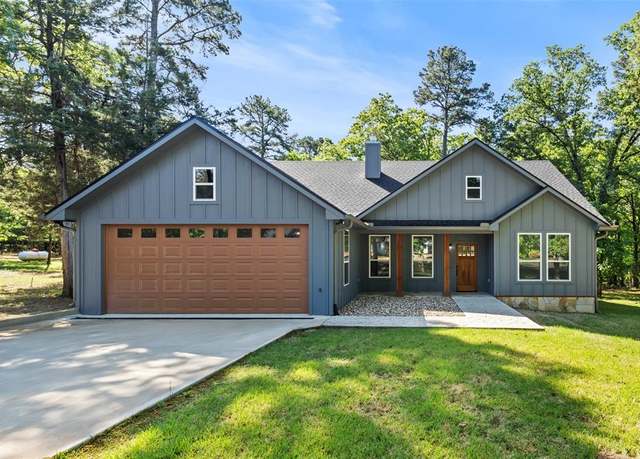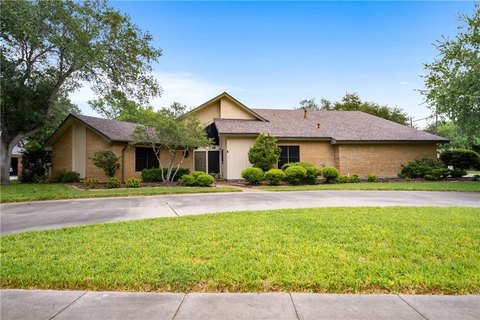On a quiet street in a historic neighborhood, a home rises like a storybook brought to life. Its steep gabled roof and ornate trim seem plucked from another era, while a wraparound porch invites passersby to linger, marvel, and imagine the lives once lived within its walls. Painted in soft pastels or vibrant “painted lady” colors, this house is more than just a structure—it’s a Victorian-style masterpiece, a relic of a time when architecture was as much about artistry as it was about function. As you step closer, intricate details like scalloped shingles, stained glass windows, and carved wooden spindles emerge, each telling a story of craftsmanship and elegance. victorian style houses evoke a deep nostalgia for the 19th century, offering timeless beauty in a modern world.
In this article, we will explore the origins of Victorian-style houses, their defining architectural elements, their current market trends, and why they remain beloved by homeowners and history enthusiasts alike.
The Origins of Victorian-Style Houses
Victorian-style houses emerged during the reign of Queen Victoria (1837–1901), a period defined by industrial progress and an embrace of decorative arts. The architecture reflects the era’s wealth, innovation, and social changes. These homes became popular in England and the United States, with American cities like San Francisco, Boston, and Charleston becoming hubs of Victorian residential design.
The victorian style houses era coincided with technological advancements, including the Industrial Revolution, which made materials like cast Iron, stained glass, and mass-produced decorative trim more affordable. According to the National Trust for Historic Preservation, this technological leap allowed architects and builders to experiment with complex designs. This resulted in the intricate and ornate homes we associate with the Victorian style.
The Evolution of Styles
Victorian-style houses encompass several distinct substyles, each reflecting different architectural influences and trends:
- Gothic Revival (1830–1870): Inspired by medieval Gothic architecture, featuring pointed arches, steep roofs, and intricate tracery.
- Italianate (1840–1885): Characterized by low-pitched roofs, tall windows, and decorative brackets under wide eaves.
- Queen Anne (1880–1910): The most iconic Victorian style, known for its asymmetry, elaborate trim, turrets, and vibrant color schemes.
- Second Empire (1855–1885): Recognizable by its mansard roofs and French-inspired design elements.
Each style offered homeowners a unique way to express their wealth, status, and personal taste.
Defining Features of Victorian-Style Houses
victorian style houses are instantly recognizable for their distinct features, prioritizing artistry and detail. While these homes vary depending on the substyle, some common elements define Victorian architecture.
- Ornate Exteriors
Victorian homes are known for their elaborate facades. Features like gingerbread trim, bay windows, and decorative brackets create a sense of drama and elegance. Many homes include a turret or tower, adding to their fairytale-like appearance.
- Vibrant Color Palettes
The late Victorian period saw the rise of “painted ladies,” a term coined in San Francisco to describe Victorian houses painted in bold, multi-hued color schemes. According to The Victorian Society in America, advances in paint technology allowed for a broader range of colors, leading homeowners to embrace vibrant palettes highlighting architectural details.
- Intricate Interiors
The interiors of Victorian homes are equally elaborate. Features include intricately carved woodwork, decorative plasterwork, and stained glass windows. Rooms are often divided into formal and informal spaces, with separate parlors, dining rooms, and sitting rooms. Fireplaces and grand staircases are also common focal points.
- Wraparound Porches
Many victorian style houses include large, wraparound porches with ornate railings and columns. These porches served as outdoor living spaces, allowing homeowners to entertain guests or enjoy the surrounding landscape.
Victorian-Style Homes in Today’s Real Estate Market
Victorian-style homes remain highly sought after, valued for their character, craftsmanship, and historical significance. However, owning a Victorian home comes with unique challenges and considerations.
The Cost of Victorian Homes
The price of a victorian style houses can vary widely depending on its location, condition, and historical significance. Realtor.com says the median listing price for Victorian homes in the U.S. is $478,000, though homes in historic districts or major cities can fetch much higher prices. For example, a fully restored Victorian house in San Francisco’s iconic Alamo Square neighborhood, known for its famous “Painted Ladies,” can sell for upwards of $3 million.
Renovation and Maintenance Costs
While victorian style houses are beautiful, they often require extensive upkeep. Restoration experts estimate that maintaining a Victorian home can cost $5,000 to $10,000 per year, depending on the home’s size and condition (This Old House). Everyday maintenance issues include repairing woodwork, replacing roofing materials, and upgrading outdated electrical and plumbing systems.
Popularity in Historic Districts
Many Victorian-style homes are located in historic districts, where preservation laws protect them. While these laws help maintain the architectural integrity of the homes, they can also restrict homeowners’ ability to make significant changes. Despite these challenges, Victorian homes remain popular among buyers who appreciate their charm and historical significance.
Famous Examples of Victorian-Style Houses
Some of the most famous victorian style houses in the world have become cultural landmarks, attracting tourists and history enthusiasts.
- The Painted Ladies (San Francisco, California)
Perhaps the most iconic Victorian homes in the U.S., the Painted Ladies of Alamo Square are a row of brightly colored Queen Anne-style houses that have appeared in numerous films and TV shows, including the opening credits of Full House.
- The Winchester Mystery House (San Jose, California)
This sprawling Victorian mansion is famous not just for its elaborate architecture but also for its mysterious backstory. Built by Sarah Winchester, heir to the Winchester rifle fortune, the house features winding staircases, hidden doors, and over 160 rooms.
- Victoria Mansion (Portland, Maine)
A stunning example of Italianate Victorian architecture, Victoria Mansion is a historic house museum that showcases the opulence of 19th-century living.
Why Victorian Homes Endure
Victorian-style houses captivate homeowners and architecture enthusiasts despite their age and maintenance challenges. Their enduring appeal can be attributed to several factors:
- Timeless Beauty
Victorian homes’ intricate details and craftsmanship are challenging to replicate in modern construction, making them unique and irreplaceable.
- Connection to History
Living in a Victorian home offers a tangible connection to the past, allowing homeowners to experience a piece of 19th-century life.
- Customization Potential
Many Victorian homes have been updated with modern amenities, such as open floor plans and energy-efficient systems, allowing homeowners to enjoy the best of both worlds—historic charm and contemporary convenience.
Conclusion: A Lasting Legacy
Victorian-style houses are more than just architectural gems—they are windows into a bygone era of artistry, innovation, and elegance. From their ornate exteriors to rich histories, these homes inspire awe and admiration. Whether you’re a homeowner, a history buff, or simply someone who loves beautiful design, Victorian-style houses offer a glimpse into a world where craftsmanship and creativity knew no bounds.
For those lucky enough to own or restore a victorian style houses, the experience is both a challenge and a privilege. These houses, with their intricate details and enduring charm, serve as a reminder that great architecture is timeless, standing as a testament to the artistry of generations past.












 Afrikaans
Afrikaans Shqip
Shqip አማርኛ
አማርኛ العربية
العربية Հայերեն
Հայերեն Azərbaycan dili
Azərbaycan dili Euskara
Euskara Беларуская мова
Беларуская мова বাংলা
বাংলা Bosanski
Bosanski Български
Български Català
Català Cebuano
Cebuano Chichewa
Chichewa 简体中文
简体中文 繁體中文
繁體中文 Corsu
Corsu Hrvatski
Hrvatski Čeština
Čeština Dansk
Dansk Nederlands
Nederlands English
English Esperanto
Esperanto Eesti
Eesti Filipino
Filipino Suomi
Suomi Français
Français Frysk
Frysk Galego
Galego ქართული
ქართული Deutsch
Deutsch Ελληνικά
Ελληνικά ગુજરાતી
ગુજરાતી Kreyol ayisyen
Kreyol ayisyen Harshen Hausa
Harshen Hausa Ōlelo Hawaiʻi
Ōlelo Hawaiʻi עִבְרִית
עִבְרִית हिन्दी
हिन्दी Hmong
Hmong Magyar
Magyar Íslenska
Íslenska Igbo
Igbo Bahasa Indonesia
Bahasa Indonesia Gaeilge
Gaeilge Italiano
Italiano 日本語
日本語 Basa Jawa
Basa Jawa ಕನ್ನಡ
ಕನ್ನಡ Қазақ тілі
Қазақ тілі ភាសាខ្មែរ
ភាសាខ្មែរ 한국어
한국어 كوردی
كوردی Кыргызча
Кыргызча ພາສາລາວ
ພາສາລາວ Latin
Latin Latviešu valoda
Latviešu valoda Lietuvių kalba
Lietuvių kalba Lëtzebuergesch
Lëtzebuergesch Македонски јазик
Македонски јазик Malagasy
Malagasy Bahasa Melayu
Bahasa Melayu മലയാളം
മലയാളം Maltese
Maltese Te Reo Māori
Te Reo Māori मराठी
मराठी Монгол
Монгол ဗမာစာ
ဗမာစာ नेपाली
नेपाली Norsk bokmål
Norsk bokmål پښتو
پښتو فارسی
فارسی Polski
Polski Português
Português ਪੰਜਾਬੀ
ਪੰਜਾਬੀ Română
Română Русский
Русский Samoan
Samoan Gàidhlig
Gàidhlig Српски језик
Српски језик Sesotho
Sesotho Shona
Shona سنڌي
سنڌي සිංහල
සිංහල Slovenčina
Slovenčina Slovenščina
Slovenščina Afsoomaali
Afsoomaali Español
Español Basa Sunda
Basa Sunda Kiswahili
Kiswahili Svenska
Svenska Тоҷикӣ
Тоҷикӣ தமிழ்
தமிழ் తెలుగు
తెలుగు ไทย
ไทย Türkçe
Türkçe Українська
Українська اردو
اردو O‘zbekcha
O‘zbekcha Tiếng Việt
Tiếng Việt Cymraeg
Cymraeg isiXhosa
isiXhosa יידיש
יידיש Yorùbá
Yorùbá Zulu
Zulu